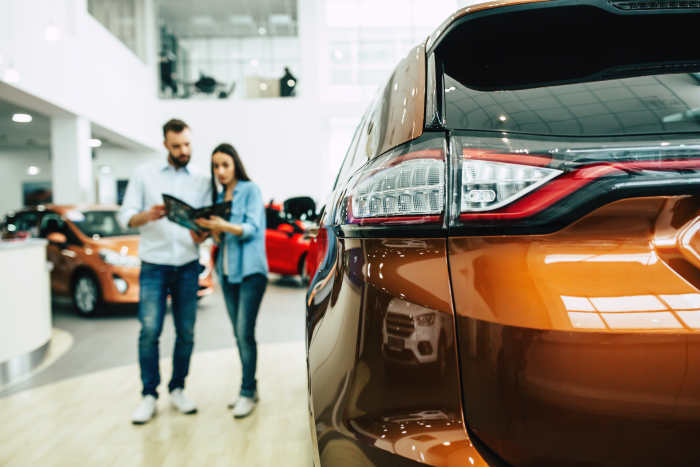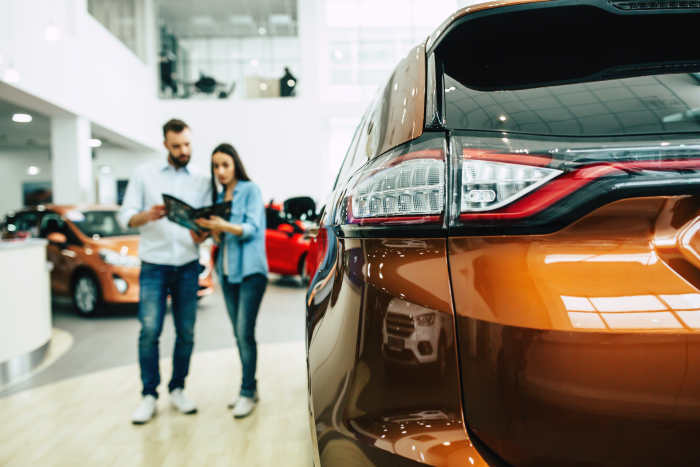Are New Cars Getting Cheaper? Good News for Buyers
For many Americans, the journey to owning a new car has been marked by financial strain. However, there’s a glimmer of hope for those prepared to weather the storm. While generous deals and discounts are a thing of the past, recent trends in car prices and income levels suggest that new vehicles might be becoming slightly more affordable, reversing a trend that has lasted for years.

That being said, the term “affordable” remains quite relative, as the average price of a new car continues to be high, and rising interest rates add further pressure. But in a market known for defying consumer patience and logic, a small shift in a positive direction is welcome news for consumer confidence. This may signify that new car prices are at the beginning of a downward trend.
Key Findings from Cox Automotive
New data from Cox Automotive indicates a positive shift. The average price of a new vehicle in the U.S. dropped 2.2% in January 2025, while incomes were on the rise.
According to Cox Automotive’s recent data, the average price of a new vehicle in the U.S. dipped to $48,641 in January 2025, compared to $49,738 in December 2024. Although this figure represents a 1.3% year-over-year increase from $48,031 the previous year, the January data represents a significant reversal in a trend of rising prices that lasted for four consecutive months.
Critically, Cox discovered that potential buyers had more financial flexibility to handle a new monthly payment at the same period that prices decreased. The average monthly car payment fell in January 2025, dropping 1.3% to $755. This is down 1.7% from the same period last year and significantly below the peak of $795 in December 2022.
One metric used by Cox Automotive to assess affordability is how many weeks of income the typical American buyer needs to save to buy a new car. This figure dropped to just 37.7 weeks in January, which is down from 38.2 weeks in December and is a considerable improvement over the 39.6 weeks the previous year.
Jonathan Smoke, chief economist at Cox Automotive, attributed the shifts to seasonal price drops, especially in January when the market recovers after buyers take advantage of end-of-year sales. “Lower prices, combined with higher incomes, more than offset lower incentives and a slight increase in interest rates during January,” Smoke stated.
Price Cuts Vary by Vehicle Segment
While overall trends point towards a slight decrease in prices, it’s important to note that not all cars are becoming more affordable. A closer look at the data reveals that while buyers of mainstream car segments are getting a break, those seeking to spend more may face a surprise.
The full-size car segment saw the largest average price decrease in January 2025, with average transaction prices (ATPs) falling by 7.5% from December. Luxury subcompact SUVs/crossovers followed with a 6.4% decrease. Even luxury cars, compact luxury SUVs, and high-performance vehicles saw some price drops, which indicates that some market segments are becoming more affordable.
In contrast, luxury full-size SUVs/crossovers defied the downward trend, with prices rising 4.1% to an average of $112,405 at the dealer. High-end luxury cars saw a 2.6% increase, rising to $120,765.

If you’re in the market for your dream car, it’s important to consider that some luxury brands are retaining their value, which may lead to a higher price tag. Cox data shows that the average transaction price of popular brands like BMW, Cadillac, and Mercedes-Benz is averaging over $74,000. In contrast, Porsche and Land Rover lead the market in price, with average transactions well above $100,000 in January.
Conclusion
Recent price reductions coupled with increasing incomes present an excellent opportunity for smart buyers. Staying up-to-date on market developments can empower you to negotiate with confidence. However, if you’re exploring luxury options, you may need to set aside a bit more to get the brand name.



